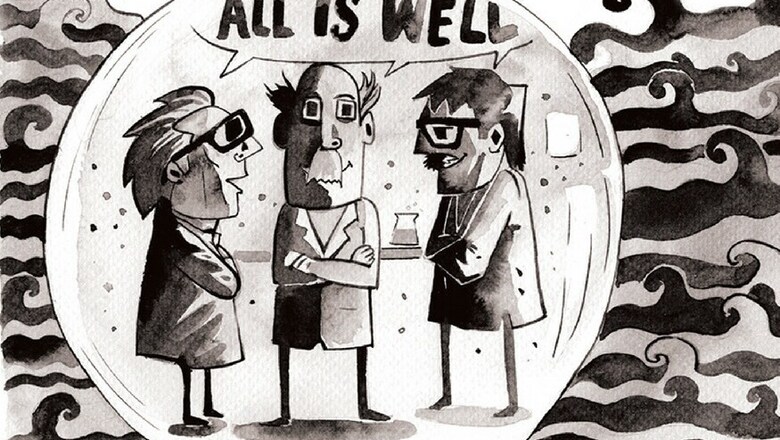
views
Bijal Vachharajani's first book, So You Want To Know About The Environment begins with a note for the readers that say:
"Before you start reading this book, grab a pen or sharpen a pencil. You have to don your Sherlock Holmes deerstalker hat and exercise your little grey cells to make deductions as you read. You will need to investigate clues and scribble notes all over this book. And by writing in the margins, we end up saving paper and conserving trees, which makes us devious geniuses destined to save the world. *Insert maniacal laughter*”
Her readers are mostly children between the ages of 6 to10. However, like most grown-ups, they too, worry about their future. In fact, Vachharajani, who has been speaking to many such children for the research of her upcoming book tells me that these children are very concerned about climate change.
"They (children) have been saying to me that it (climate change) impacts their futures and they are concerned that the grown-ups are not thinking about it," said the author.
"They feel motivated to take actions in small ways. However, after some levels, they also feel that they don't know what they can do about it, beyond what they are already doing," she added.
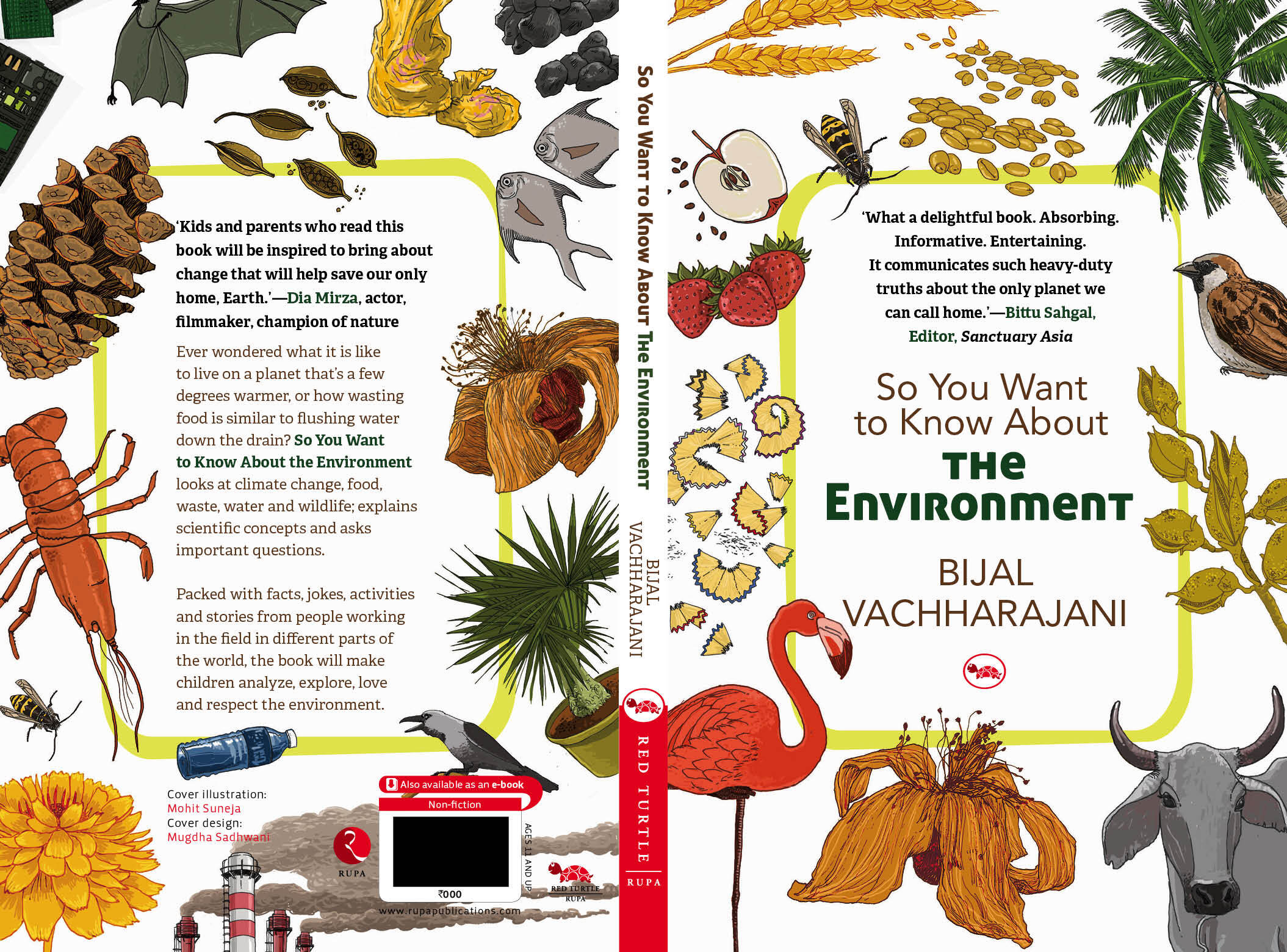
The cover of So You Want To Know About The Environment. Cover Illustration by Mohit Suneja. Courtesy: Red Turtle/Rupa
Vachharajani -- who has already written two children's books on the environment and is currently working on a third -- said that in her experience, she has found children to be far less cynical about working on the environment. She said, "They believe in change. They are extremely enthusiastic about working on the environment."
"They would do these little things like a child in Delhi would write a letter to report cruelty against animals. They would sign petitions to save the tigers. In fact, when I was working at Sanctuary Asia (a wildlife and photography magazine), these children formed a junior tiger task force. It was just inspiring to see children actually come together for the environment in many different ways," said the author.
Through her books, Vachharajani not only tries to help kids understand environmental issues but also inspire them to take actions. So You Want To Know About The Environment is a delightful read.
The book is a charming mix of short fictional stories highlighting environmental issues, easy break-down of the complex scientific reasons behind the issues and an engaging yet easy 'to-do list' for kids at the end of each chapter, like observing the mood change of their parents in relation to weather, or noticing their waste bin.
There are jokes in the book as well. It also has little postcards from several people across the world, each of which explains an interesting phenomenon like how the history of chocolate has impacted climate change, or how the history of engineering can be looked at as an adaptation measure etc.
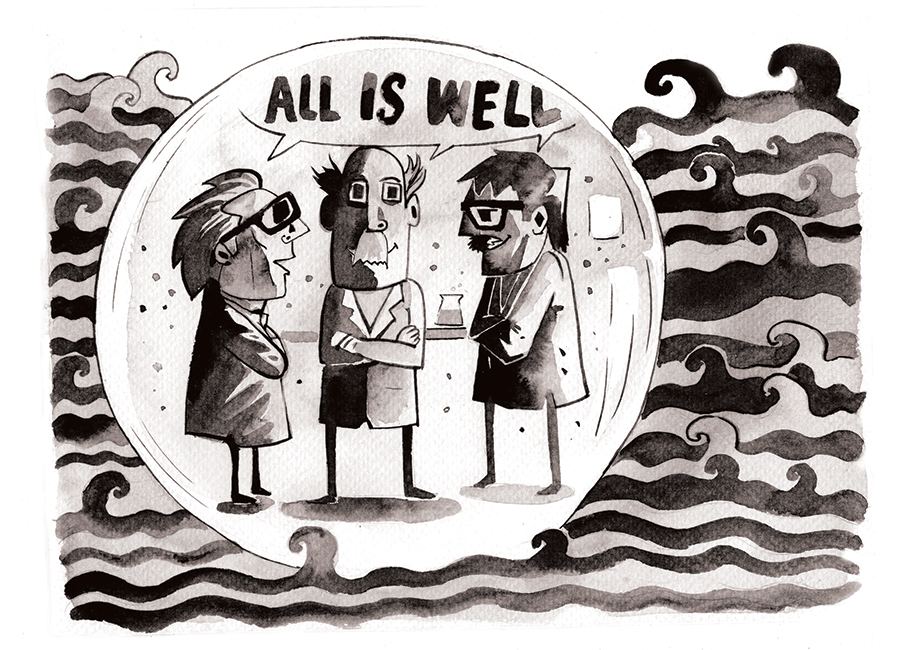
An illustration from So You Want To Know About The Environment. Illustration by Shayan Mukherjee. Courtesy: Red Turtle/Rupa
"So You Want To Know About The Environment is for children who are 10 plus. By that time, children are already learning science in school. They have already developed a natural curiosity. They also ask questions like why is the grass green or why is the sky blue? I just wanted them to start asking questions about the environment more than anything else with this book." said the author.
Her second book, What's Neema Eating Today teaches children the art of eating season food. "The book is about food security in some ways," said Vachharajani.
"Seasonal eating is a great way to be more food secure. You eat whatever is available in the season. So I took a topic that is very relatable for children. Neema is a level two book, so basically for the 6-year-old age group. One of the things children do around that age is that they explore foods of a different kind. Therefore, I tried to relate food items in terms of texture, colors, and seasons, to make them identify the food they eat and the time they should eat it in." she added.
A very important aspect of Vachharajani's books is that they are all written from the Indian point of view. "There is a lot of international material on climate change for children, but there is not a lot of non-fiction Indian material on it," she said. Her third book -- which is still being written -- is also a children's book on climate change in which she talks about a cloud that represents the Brown Cloud Phenomenon and shows how different people -- like ministers, bureaucrats, scientists, media and three children (who are the protagonist) ---react to it.
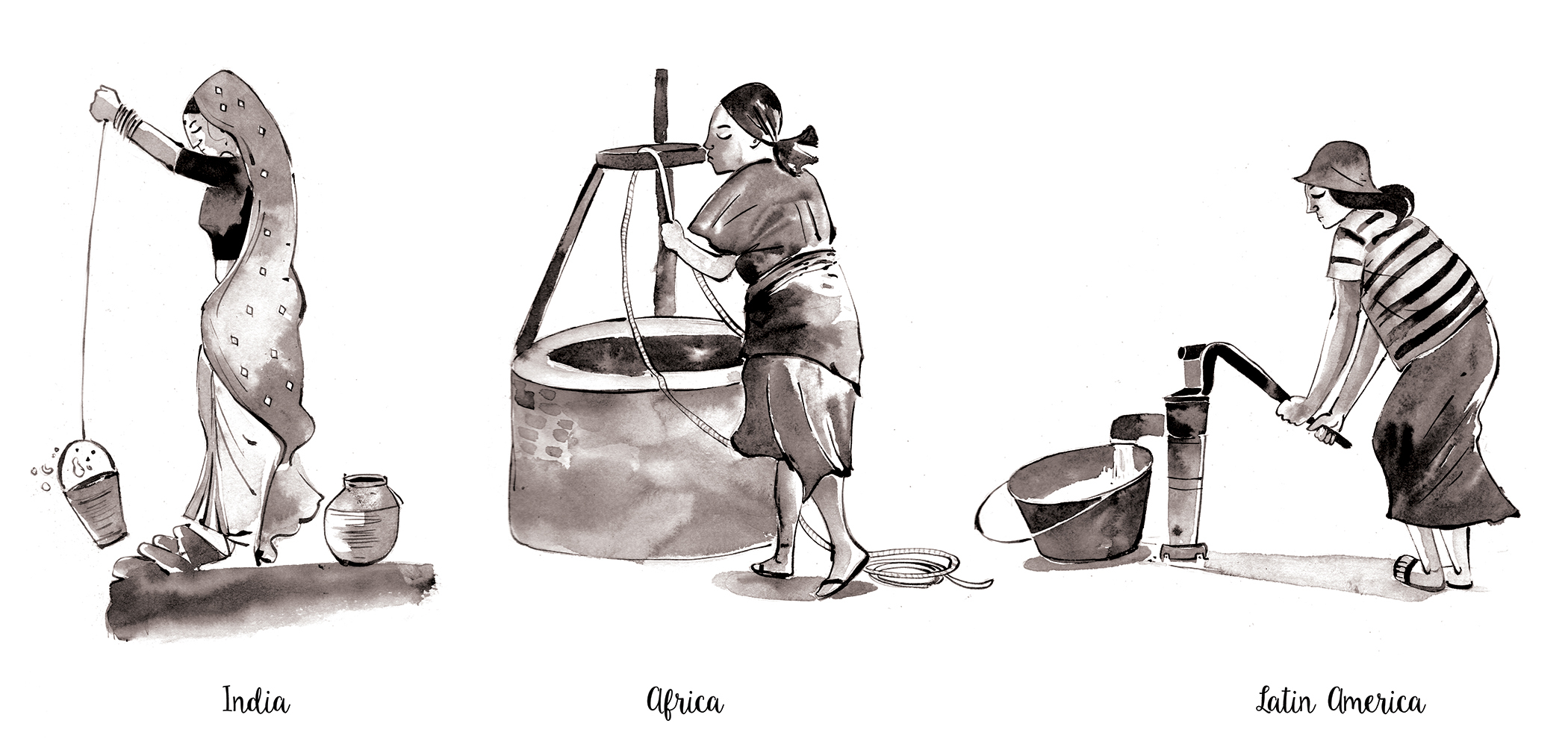
An illustration from So You Want To Know About The Environment. Illustration by Shayan Mukherjee. Courtesy: Red Turtle/Rupa
"I have always been interested in knowing how people react to climate change, especially the social-political aspect of It," said the author.
Vachharajani has worked on the environment throughout her career. After graduating from college, she began working for PETA (People for the Ethical Treatment of Animals). After that, she worked for Sanctuary Asia where she headed a program called Kids For Tigers. She had also been a journalist for Time Out (Mumbai) where she handled the ’Around Town' and the Kids' section.
Apart from that, she had organized two projects for 350.org, which is a climate movement that stemmed out of Vermont. The movement is called 350 because the safe amount of carbon in the atmosphere is 350 parts per million. The first project she participated in was 10/10/10 in which people from all across the country came together to do one act that would mitigate climate change on 10 October 2010.
The second project was a program called 350 Earth, in which a satellite was supposed to donate photos of giant art pieces across the world. India was designated as one of the points. Therefore, she along with other members of 350.org, went to Delhi and organized 3000 children to stand on a football field forming an elephant so as to say that climate change is the elephant in the room, which nobody talks about.
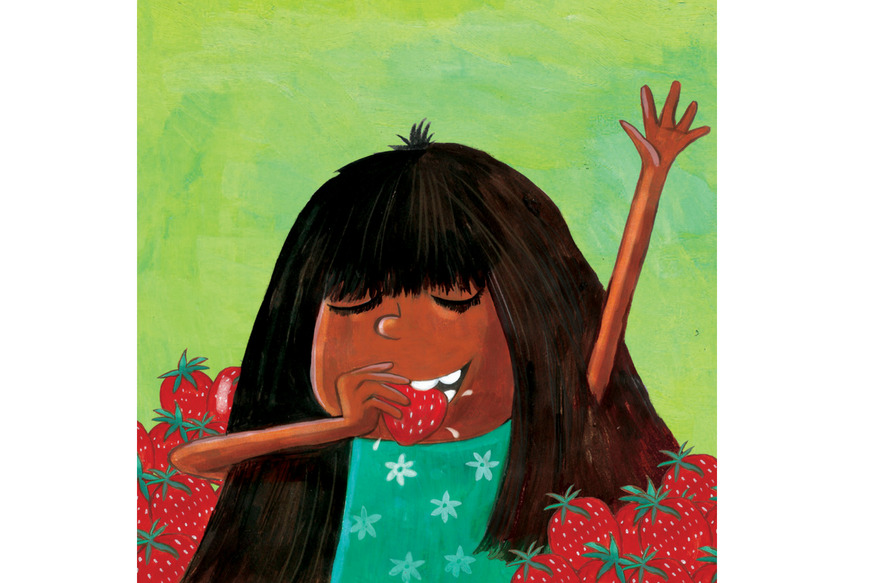
A picture from What's Neema Eating Today. Illustrated by Priya Kuriyan. Courtesy: Pratham Books.
However, despite her active participation in the battle against climate change, she felt she should learn about it more because it is such a complex topic. Therefore, she went to study Environment Security and Peace in an UN-mandated university in Costa Rica. After finishing her studies, she returned to India and has been writing books for children since then. Through her books, Vachharajani has been preparing little soldiers of environmentalism for the big change that they will have to face in a matter of few years, for our negligence of the environmental issues and our apathy towards climate change.
#ClimateChangeArt is our series to discover how art, music, and literature have the potential of changing opinions and beliefs about climate change.















Comments
0 comment